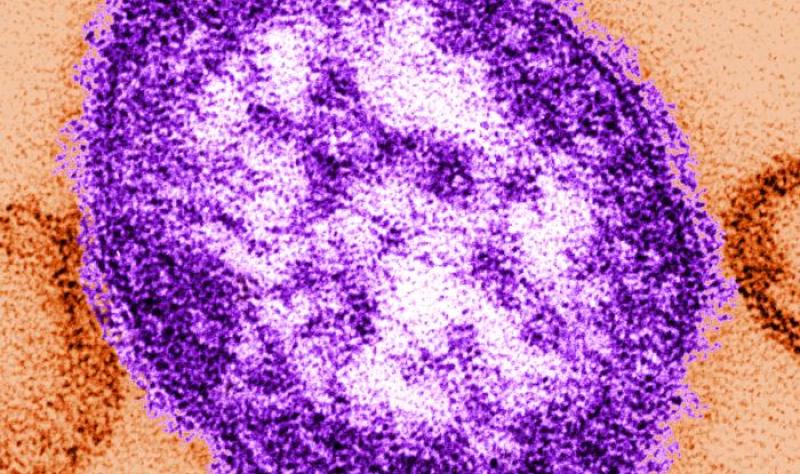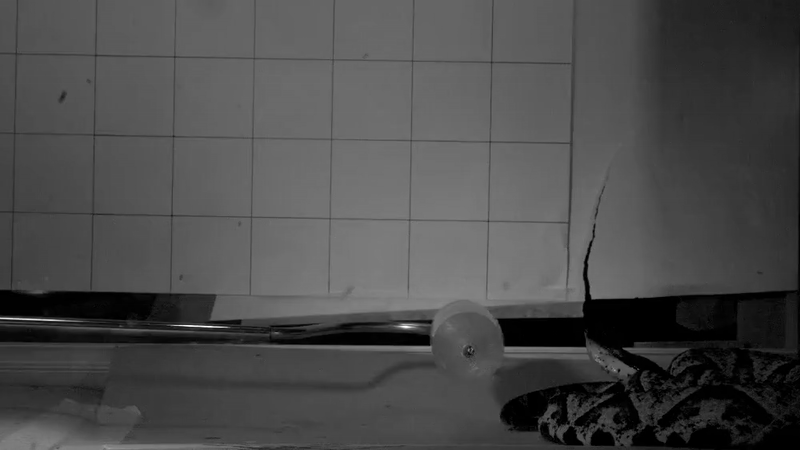Scientists finally know how venomous snakes sink their teeth into prey thanks to a series of high-speed videos.
Scientists have captured the moment when a venomous snake lunges for its meal in photographs and video since the early 1950s. But the strikes happen so quickly — in as little as 0.1 seconds — that older cameras weren’t fast enough to catch all the details. More recent field recordings of snake strikes, meanwhile, have often been limited by low resolution and dim lighting, researchers wrote in the new study.
To better understand how different types of snakes attack their food, researchers traveled to Venomworld in Paris, an animal facility where study co-author Remi Ksas and colleagues regularly extract venom from snakes and scorpions for medical and pharmaceutical work. There, they crafted fake prey from a muscle-like medical gel and dangled it in front of 36 species of venomous snakes while filming with multiple high-speed cameras.
While tempting the snakes to strike, “I flinched a couple of times,” study co-author Silke Cleuren, a biologist at Monash University in Australia, said in a statement.
After recording more than 100 high-speed videos of 36 different snake species striking at the fake prey, the scientists spotted patterns in how these reptiles attack. The footage revealed that most vipers bit their target within 0.1 seconds of lunging — faster than most mammals’ startle response, meaning their prey would be unlikely to escape. While some elapids — the family that includes the rough-scaled death adder (Acanthophis rugosus) and the Cape coral snake (Aspidelaps lubricus) — were just as fast as viperids, others took more than 0.3 seconds to reach their prey.
Different families of snakes injected their venom in different ways, too. Viperids struck quickly from a coiled position but sometimes didn’t get a good angle on their bites. If that happened, the viper would pull a fang out of its prey and reinsert it in a more favorable position before injecting its venom.
Elapids took a sneakier approach, slithering up close to their prey to reduce the distance they had to lunge. They then slightly loosened their jaws and bit down again several times, “likely to prolong the venom flow into their prey,” the researchers wrote in the study.
The team also observed two snakes from the colubrid family, the mangrove snake (Boiga dendrophila) and Fischer’s tree snake (Toxicodryas pulverulenta). These “rear-fanged” snakes inject venom through teeth at the back of their upper jaw. When T. pulverulenta bit the fake prey, it dragged its fangs back and forth across the gel, creating crescent-shaped wounds that may help it deliver as much venom as possible.
Future studies could determine if the size of the prey has any effect on the snakes’ attack, the researchers wrote in the study.
First Appeared on
Source link













